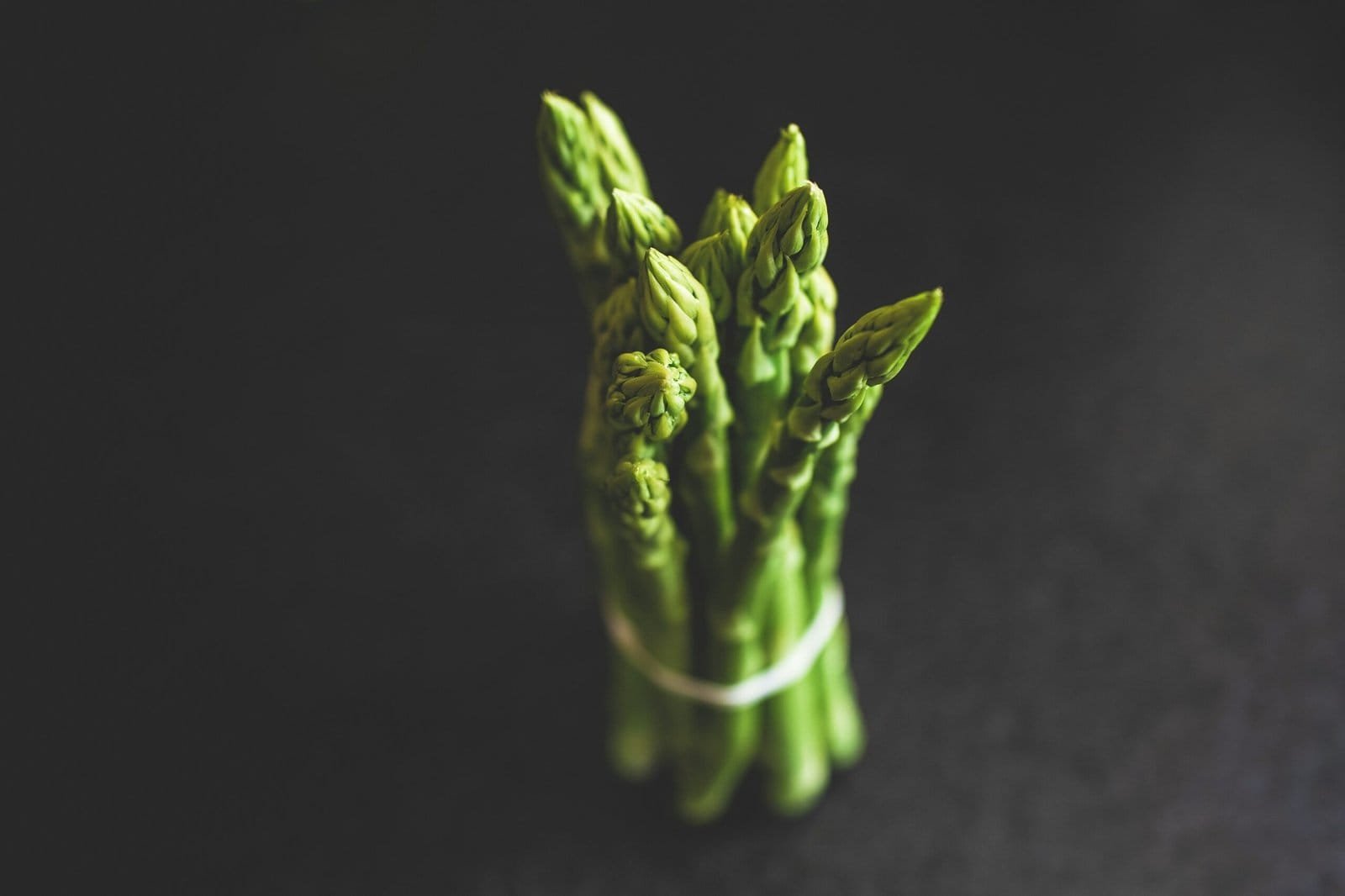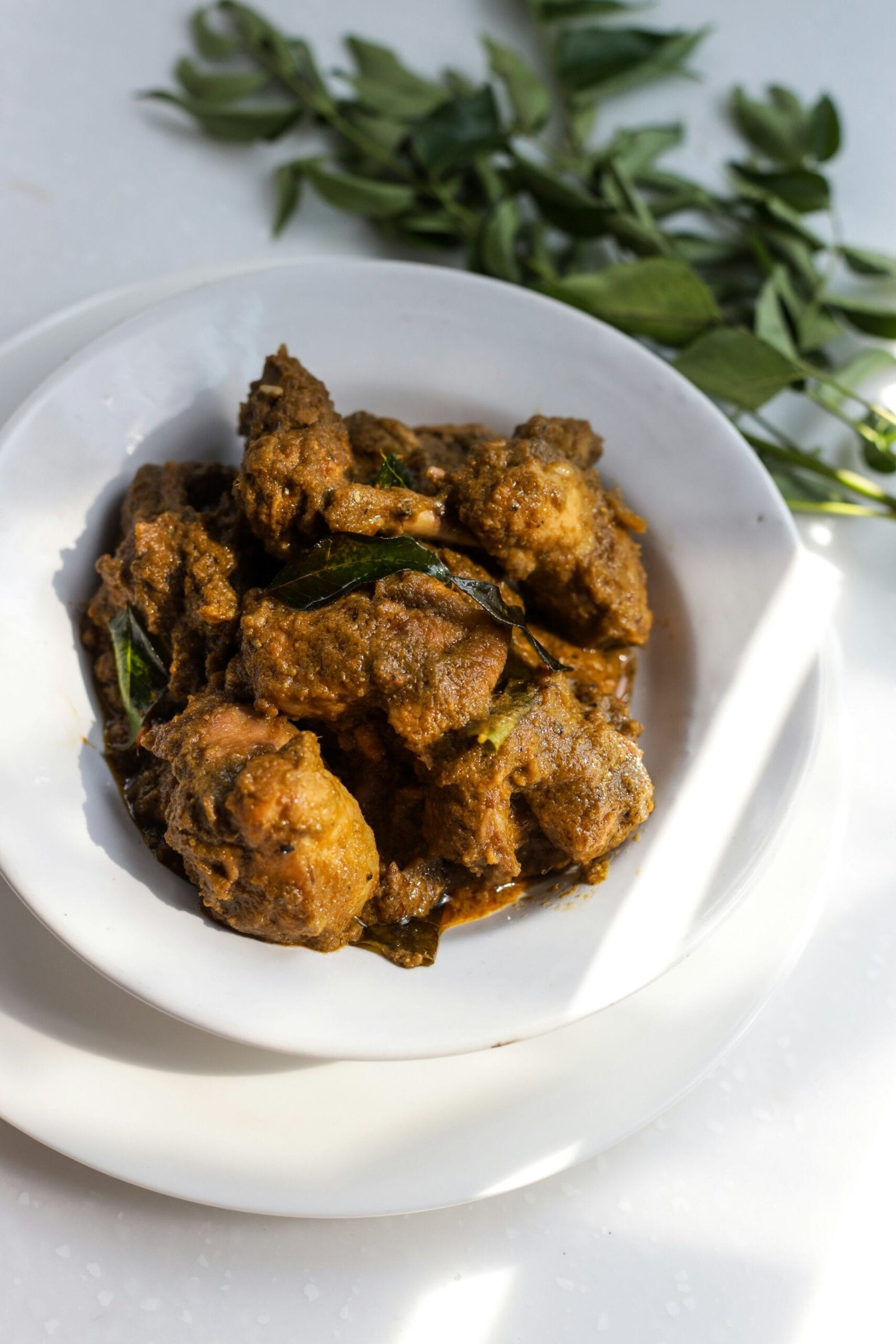Discover the versatile world of asparagus, from its health benefits and varieties to creative cooking tips and storage methods. Learn how to select the freshest asparagus and explore delicious recipes that highlight this nutrient-rich vegetable. Whether you’re steaming, roasting, or even making pesto, our guide will enhance your culinary skills and ensure you enjoy asparagus to its fullest. Join our community and share your favorite asparagus experiences today!
Understanding Asparagus: The Basics
Asparagus is a highly regarded vegetable, known for its distinct flavor and numerous health benefits. Belonging to the lily family, it is characterized by its long, slender stalks and fern-like foliage. Asparagus is not only a delectable addition to various culinary dishes but also a nutritional powerhouse. Packed with essential vitamins, such as vitamins A, C, E, and K, it is rich in antioxidants that promote overall health. Moreover, asparagus is an excellent source of dietary fiber, which aids digestion and helps maintain a healthy weight.

Varieties of asparagus include green, white, and purple, with the green variety being the most commonly found in stores and farmers’ markets. The cultivation method greatly influences the color; for instance, white asparagus is produced by growing the stalks underground to prevent photosynthesis. Each type has its unique taste and texture, which yields varied culinary applications, ranging from steaming and grilling to roasting. When selecting asparagus, look for firm, straight stalks with tightly closed tips. Avoid specimens that appear limp or have open tops, as these are indicative of age and diminished freshness.
Read this article and do not forget to check the YouTube channel “Dr. Eric Berg DC” for amazing videos:
https://www.youtube.com/@Drberg
Interesting Health Benefits of Asparagus – Dr. Berg (video)
My personal experience with asparagus has highlighted its versatility. I recall the first time I prepared it for a family gathering; I simply steamed it and tossed it with olive oil and garlic. The dish was a hit, prompting my family to request it at every occasion afterward. This experience cemented my appreciation for asparagus and its transformative impact on meals. Understanding this vegetable’s nutritional benefits, varieties, and selection methods empowers consumers to make informed choices in the kitchen, ensuring they enjoy this beloved vegetable at its best.
Top Tips for Storing Asparagus
Asparagus is a popular vegetable known for its unique flavor and nutritional benefits. To ensure that this delicious green stays fresh for more than just a few days, proper storage methods are essential. One of the most effective techniques is to trim the ends, similar to how one might prepare flowers for a vase. By cutting approximately one inch off the bottom of the asparagus stalks, you allow the vegetable to absorb water more effectively, prolonging its crispness.
The next step is to store asparagus upright in a container with water. Place the trimmed spears in a glass or jar filled with about an inch of water, covering the ends but leaving the tops exposed. Cover the entire arrangement with a plastic bag to create a mini greenhouse effect and place it in the refrigerator. This technique replicates the ideal growing conditions, helping to retain moisture and prevent wilting.
If convenience is a priority, wrapping asparagus in a damp paper towel is another reliable option. Start by placing the asparagus stalks on a damp towel, ensuring they are evenly covered. After rolling the towel around the asparagus, store it in a plastic bag or airtight container before placing it in the fridge. This method also helps to maintain moisture levels while preventing the vegetable from becoming too soggy.
Regarding temperature and environment, asparagus thrives best in cooler conditions. The refrigerator is the ideal location for storage, which allows the vegetable to remain crisp for up to a week. However, if you happen to forget about your asparagus on the counter (as many of us have), no need to panic; just salvage the experience with a quick stir-fry. Each mishap teaches a valuable lesson in kitchen organization, ensuring that your next bunch of asparagus remains fresh and delightful.
Creative Ways to Use Fresh Asparagus
Fresh asparagus is a versatile vegetable that lends itself to a variety of delectable dishes. For those looking to make the most of their harvest, roasting asparagus is an excellent method. Toss the spears with a drizzle of olive oil, salt, and pepper before placing them in a preheated oven at 425°F (220°C) for about 15-20 minutes. The result is a tender, caramelized treat that can serve as a delicious side or a delightful addition to salads and grain bowls.
Another innovative use is in salads. Blanching asparagus briefly in boiling water preserves its bright green color and adds a delightful crunch. Combine blanched asparagus with mixed greens, cherry tomatoes, and goat cheese for a fresh, vibrant dish. Drizzle with a lemon vinaigrette for an extra zing! This can be a perfect light lunch option or an impressive starter for dinner parties.
If you’re feeling adventurous, try incorporating asparagus into soups. Creamy asparagus soup can be a hearty delight, perfect for cold days. Simply simmer chopped asparagus with onions and garlic, then blend until smooth, adding vegetable or chicken broth and a splash of cream or a dairy-free alternative. The resulting dish is both comforting and elegant.
For those who enjoy grilling, asparagus can shine on the barbecue as well. Marinate the spears in balsamic vinegar and herbs before grilling for a smoky flavor that enhances the vegetable’s natural sweetness. Pair with grilled chicken or fish for a wholesome meal.
Finally, homemade asparagus pesto can elevate pasta dishes or serve as a spread on sandwiches. Combine cooked asparagus with nuts, garlic, Parmesan cheese, and olive oil in a food processor, and blend until smooth. This unique twist on traditional pesto offers a fresh taste that showcases the vegetable beautifully.
With so many creative ways to use fresh asparagus, the only limit is your imagination. We invite readers to share their favorite asparagus recipes in the comments, fostering a community of culinary creativity.
Troubleshooting Asparagus Freshness
Asparagus can sometimes be a challenge to keep fresh for longer than a week. There are several common issues that may arise, including wilting or yellowing stalks, which can be discouraging. Understanding these problems can help you address them effectively and enjoy your asparagus without wasting any precious spears. When you notice the asparagus beginning to wilt, it is often an indication that it is not receiving enough moisture. A simple remedy involves refreshing the ends of the stalks. Cut approximately half an inch off the bottom, and then place the asparagus in a glass or jar with about an inch of water, similar to how one would treat fresh flowers. Cover the tops with a plastic bag, securing it with a rubber band to maintain humidity. This method can help revitalize those limp stalks.
If the asparagus has started to yellow, this could be a sign of age or improper storage. While yellowing is often an indicator that the asparagus is past its prime, it does not necessarily mean that it has gone bad. You can still use slightly yellow stalks by trimming off the discolored parts and incorporating them into a stir-fry or soup, where their flavor can still shine. Cooking is an excellent way to bring life back to wilting asparagus, and roasting or sautéing can enhance flavor while masking any undesirable texture.
In the event of any issues with asparagus freshness, do not hesitate to share your experiences or ask questions. The process of storing asparagus is not always perfect, and many find themselves facing similar challenges. By engaging with a community of fellow asparagus enthusiasts, you can gather tips and tricks that may improve your outcomes. Sharing solutions fosters an environment of support and helps alleviate the frustration of maintaining freshness.
Other related posts from our website:
https://howtobuildahouseblog.com/chia-porridge-all-about-health-and-delicious-recipes/
https://howtobuildahouseblog.com/sweet-cream-vs-cultured-butter-experts-explain-the-difference/
https://howtobuildahouseblog.com/this-swedish-meatball-soup-makes-the-classic-comfort-food/
Thank you so much for your attention.
Stay tuned. We will upload many other amazing posts to our website and videos onto our YouTube channel.
Thank you so much.
for your time and attention.
Best Regards
See you at another post,
Bye, Bye
